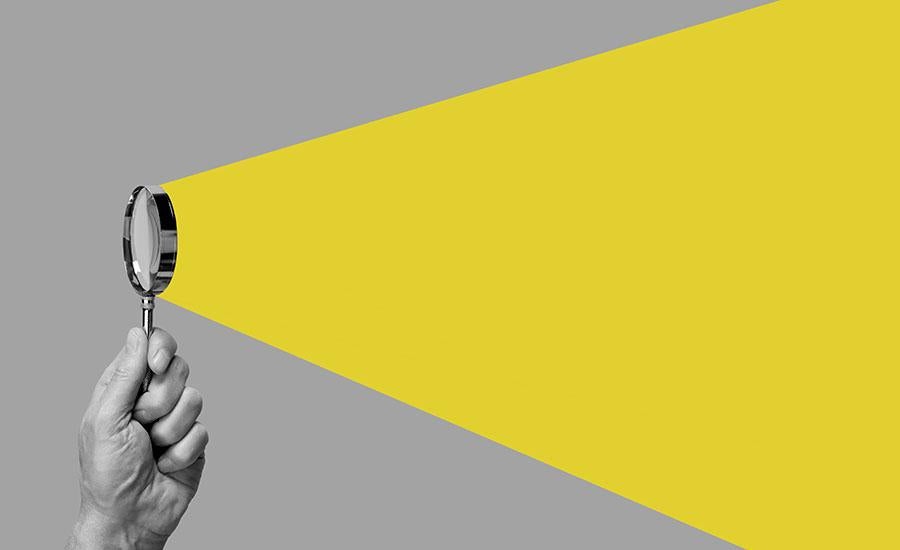
Human Eye vs. Camera
by Amsavalli Thangavel
This lesson helps kids have an understanding of how our eyes capture light. A camera captures pictures of objects using a similar way so in this experiment, kids will be making a camera using simple materials the teacher will provide. They will test out the camera, make their observations, and write a report on it using the instructions.
Lesson Plan Link/URL
https://docs.google.com/presentation/d/1vOD8SRXUIqFqEwFA4LKZ-Vhl-IedXu8lnPjA_CX…Subject Area
Science Physical Science P2: Objects at a Distance Life Science L1: Cells Technology 1. Empowered Learner 4. Innovative Designer Engineering S2: Apply the Engineering Design Process Mathematics Geometry (G) English Language Arts (ELA) Writing
Featured
Off
Related Content

Featured
Makey Makey Storyboards
Grades:
Kindergarten, 1st Grade, 2nd Grade, 3rd Grade, 4th Grade, 5th Grade, 6th Grade, 7th Grade, 8th Grade, 9th Grade, 10th Grade, 11th Grade, 12th Grade
This lesson takes students through the process of creating an interactive storyboard using a Makey Makey circuit board. This lesson can be adjusted for any grade level with examples given in the 4th

Grades:
Kindergarten, 1st Grade, 2nd Grade, 3rd Grade, 4th Grade, 5th Grade, 6th Grade, 7th Grade, 8th Grade
Most students are likely familiar with popular films like Happy Feet, Surf’s Up, Penguins of Madagascar, and classic books like Mr. Popper's Penguins. Capitalizing on this familiarity with penguins

Grades:
3rd Grade, 4th Grade, 5th Grade, 6th Grade, 7th Grade, 8th Grade
Coding and flying drones what a match! Students will have the chance to experiment with flying a drone in a simulator. The lesson includes 4 missions incorporating forces of flight acting on a drone.